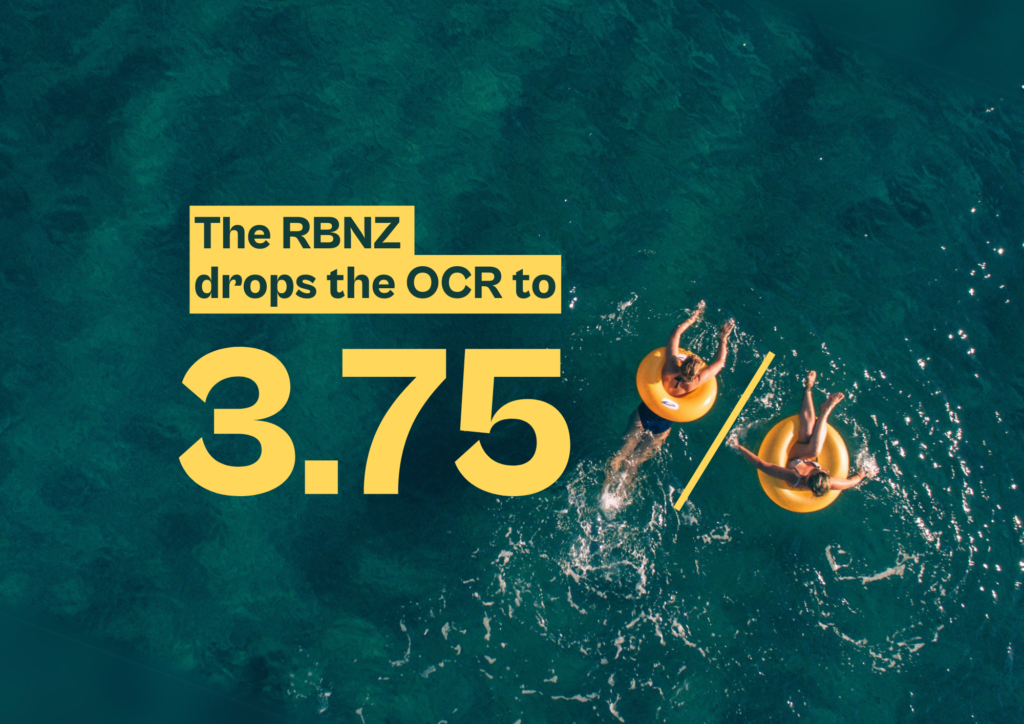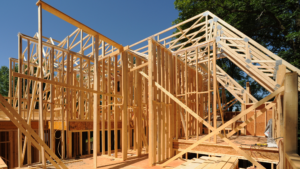This week, the RBNZ bank dropped the OCR by 50 basis points to 3.75%. If passed on by the banks, a 50 basis point (0.50%) drop in mortgage rates would reduce the interest paid on a mortgage, lowering the monthly repayments. By refinancing, you could reduce your monthly payments by locking in a new low rate or adjust your term – either with your current bank or a new one by switching lenders.
Did you know, if you’ve got a $750,000 mortgage on a 30 year term, currently on an interest rate of around 6.5%, and you refinanced to a new low rate of 4.99%, you could save around $714.35 per month, that’s a $164 per week!
What could you do with a saving like this?
- Save it in a standard savings account gathering compounding interest?
- Use the saving to support the cost of living and household expenses?
- Keep your mortgage repayments the same and reduce your term (saving you in overall interest paid)?
- If you have sufficient equity and enough for a deposit, would you put this saving towards an investment property?
If you kept your repayments the same for a $750,000 mortgage at 6.5% interest rate but reduced the mortgage term from 30 years to 20 years you could save $279,173 on interest repayments over the complete loan term ($808,983 on 30y vs. $529,810 on 20y).
But property is where the significant gain can be.
Let’s compare the capital growth variance between saving vs. investing over a 10 year period:
- Put $164 a week into a savings account with 3.5% compounding interest
- Use $164 a week to top up an investment property
Scenario 1: Saving $164 per week with Compound Interest
Assumptions:
- Weekly deposit: $164
- Interest rate: 3.5% per annum
- Time: 10 years
The estimated amount in the savings account after 10 years would be $101,933 with a total interest gain of $16,653.
Scenario 2: Using $164 per week to Invest in a Property
Assumptions:
- You use the $164 per week towards a property
- The property appreciates at 5% per annum.
- Your loan interest rate is 5% per annum
- Your property value starts at $750,000.
- You have 100% leverage (loan-to-value ratio).
The estimated property value growth over a 10 year period is approximately $471,671 capital gain.
The graph below shows the growth over a 10 year period comparing compounding interest on a savings account (using an average of 3.5% interest rate) vs. capital growth on an investment property.
The difference is eye watering!

Key takeaways:
✅ Property benefits from leverage—your investment grows based on the entire property’s value, not just your extra payments.
✅ You can save on total interest paid on your mortgage if you maintain your monthly payments but reduce your loan term.
✅ A savings account is less risky, but returns are much lower over time.
The OCR drop could benefit home buyers in several ways:
- Increased borrowing power: Buyers may qualify for larger loans as repayments will be lower on lower rates.
- Higher demand for housing: More affordability can drive up property prices, depending on supply. We’re already seeing the property market heat up this year.
- Relief for existing borrowers: Homeowners with floating rates or upcoming fixed-rate expiries will benefit if they refinance their mortgage with expert advice.
Time to speak to an Adviser about refinancing your loan? Take action towards your financial future.
Give us a call on (09) 361 0050 for a FREE consultation, or book time with an Adviser below.




